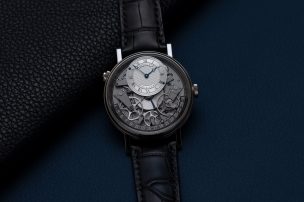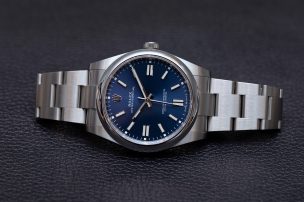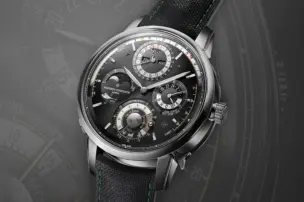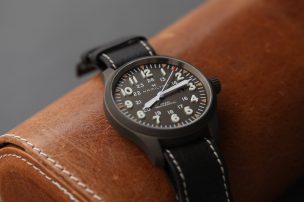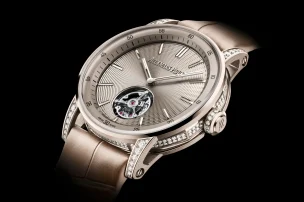

Audemars Piguet Heralds Release of New-Generation Calibre 7138 with Royal Oak and Code 11.59 Perpetual Calendar Models
In a year that’s already seen its fair share of landmark moments, Audemars Piguet has decided to raise the bar once again. Enter the calibre 7138 perpetual calendar. This calibre marks a genuine leap forward, and it’s one that’s set to completely transform how we think about perpetual calendars, making them more accessible, user-friendly, and, dare we say, a lot more fun to use.

A complex cosmic complication
Perpetual calendars have always been a hallmark of technical mastery in horology, solving the puzzle of how to keep time in sync with the ever-changing Gregorian calendar. These watches automate adjustments for the date, month, leap year, and even a moonphase; a stunning feat when you think about it. But traditionally, perpetual calendars usually come with their own quirks. Setting one required a certain level of expertise, delicate pushers, and a fair amount of patience. They can be tricky, and if you don’t know what you are doing, the risk of damage to the delicate mechanism is always looming.
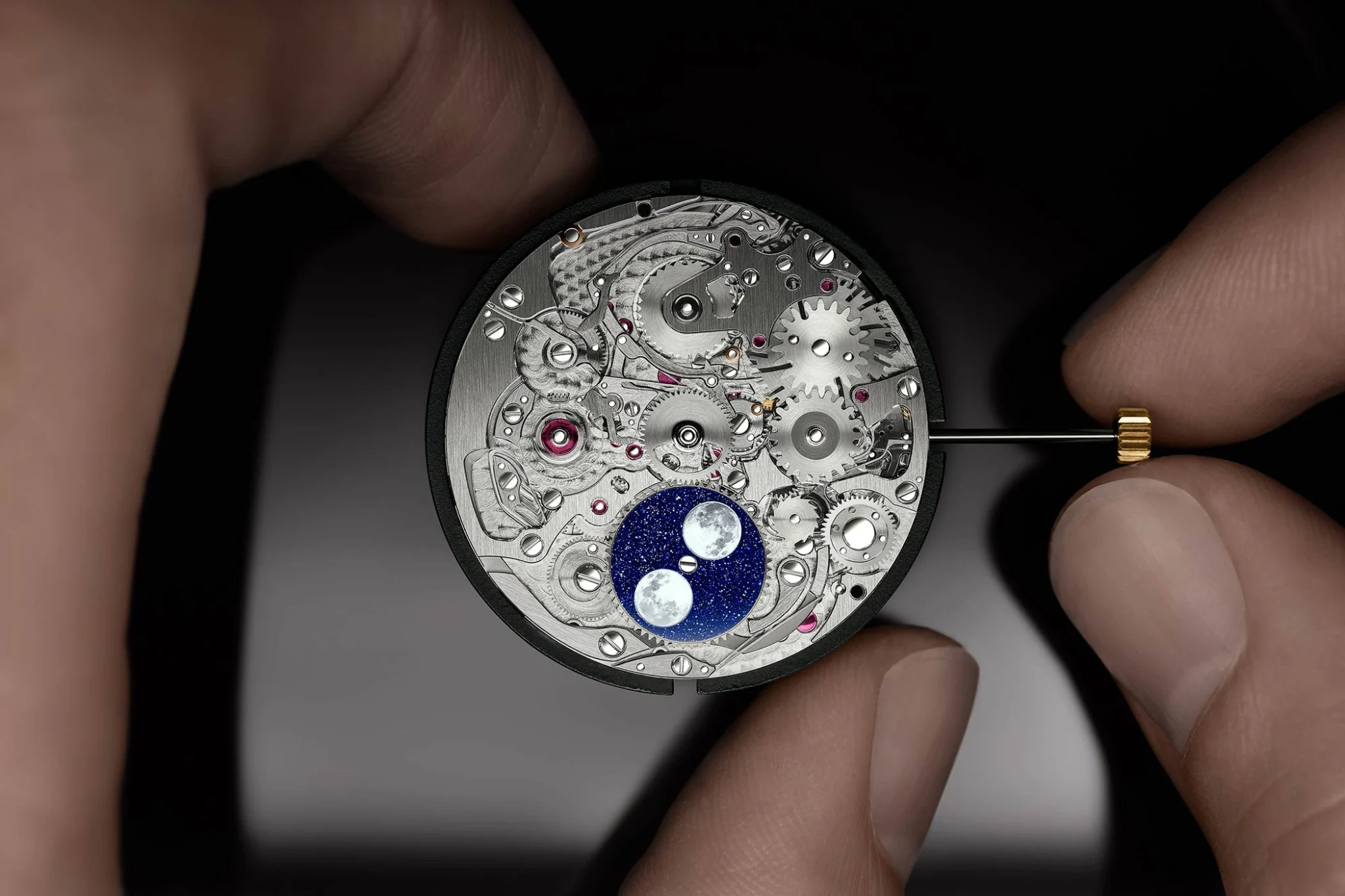
That’s where the in-house calibre 7138 changes the game. Audemars Piguet has taken the age-old perpetual calendar complication and reimagined it to enhance user comfort by making the corrections of all functions possible via an all-in-one crown. The impressive movement is housed in three equally interesting new models, including two Royal Oak editions and one 11.59 model. Let’s dive in.
First things first: A bit of context
But for Audemars Piguet, the perpetual calendar is not just a curiosity; it’s part of the horology house’s DNA. The manufacture first dabbled in the field as early as 1875, and by 1921, they had debuted their very first wristwatch with a perpetual calendar, before promptly selling it three years later to the renowned retailer Gübelin. Over the years, they’ve continued to push boundaries: in 1955, they introduced the world’s first perpetual calendar wristwatch featuring a leap year indicator, and in 1978, they shocked the world with the calibre 2120, the world’s thinnest self-winding perpetual calendar movement at the time. Fast forward to 2025, and we now find ourselves at the cusp of the latest evolution in this journey: the calibre 7138.
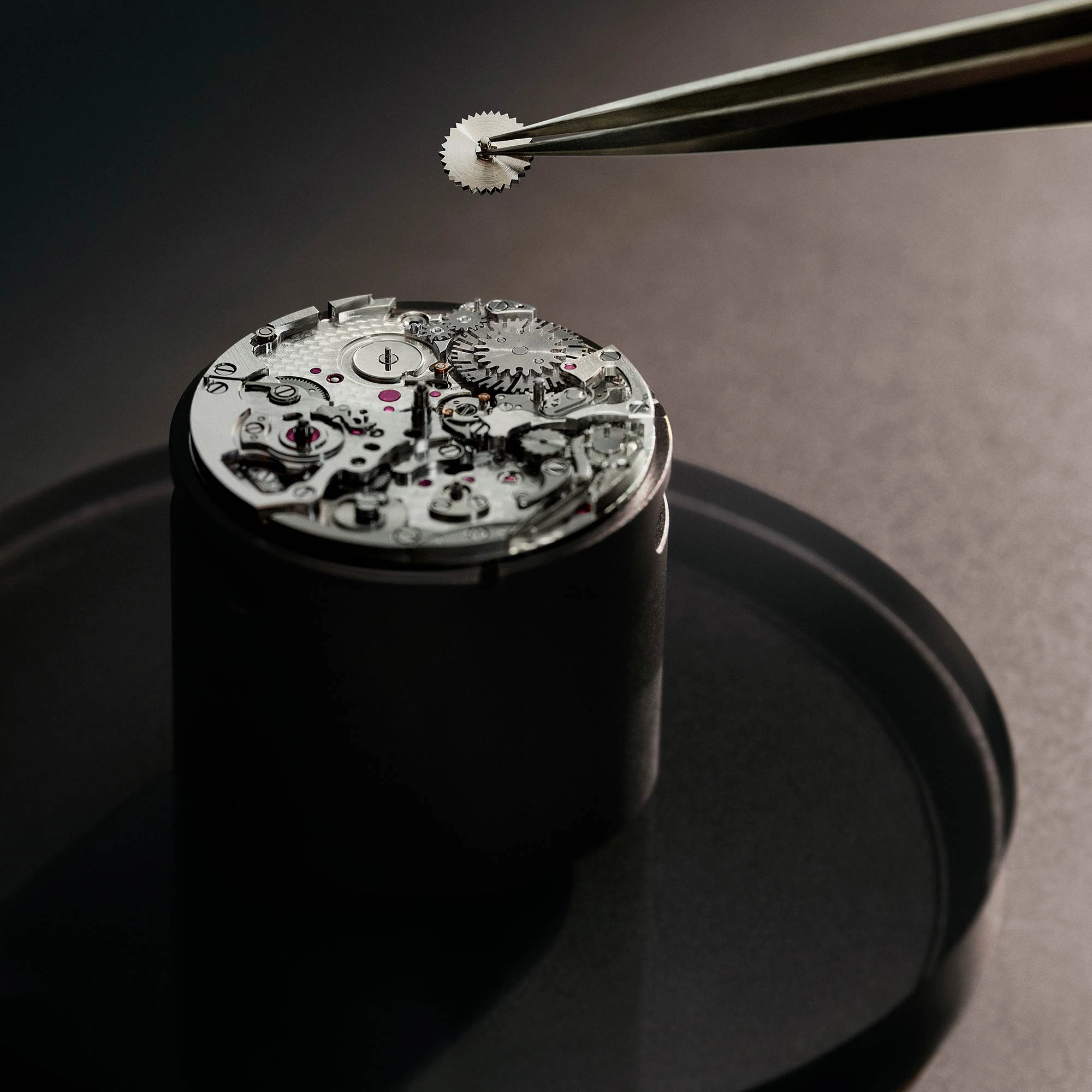
The calibre 7138: Complexity for the sake of simplicity
Here’s the twist: calibre 7138 is not just a marvel of mechanical complexity that holds five hard-earned patents; it’s designed to make life for AP’s clients easier. Gone are the days of fiddling with multiple correctors and tools to set the calendar, causing confusion and even possible damage to the watch. Rather, Audemars Piguet’s innovative all-in-one crown allows the wearer to adjust the day, date, month, leap year, and moonphase with just a single crown. But how does it work? The crown has four distinct positions, each for a different function. The first enables to wind the watch clockwise. Pulling the crown out one step (position 2) allows to set the date clockwise and to adjust the month and the leap year in the opposite direction. By pulling the crown out again (position 3), the user can set the time bidirectionally. The last position is reached by pushing the crown back one step (position 2’) to set the day and week clockwise and the moon phases counterclockwise. Thus, the wearer can set the time, adjust the date and leap year, or fine-tune the day, week, and moonphases, without ever needing a tool.

The beauty here is that you’re not only getting an intuitive, user-friendly experience but also keeping all the technical prowess that’s been at the core of the perpetual calendar for centuries. But, as mentioned, what really makes the calibre 7138 shine is its user-friendly design; you no longer need to worry about damaging the movement when adjusting the calendar. The tool-free adjustment mechanism ensures that every turn of the crown is smooth and secure. This is a movement that respects the needs of the wearer, allowing for potential precision adjustments while minimising the risk of error.
So how is this all possible? Essentially, the calibre 7138 integrates a complex mechanism driven by an innovative lever and wandering wheels system that meshes with the different calendar wheels in certain positions (2 and 2’). This innovation is protected by two patents: one for the crown correction system with a 2’ position, and one for the month and date correction via the crown.
Calibre 7138: Facts and figures
Audemars Piguet’s latest in-house perpetual calendar movement merges cutting-edge R&D with traditional watchmaking expertise. It automatically accounts for varying month lengths and leap years, meaning it technically requires no manual date correction until 2100 to stay aligned with the Gregorian calendar.

Based on the self-winding calibre 7121, it operates at 4 Hz (28,800 vph) with a minimum 55-hour power reserve. It also builds on the patented innovations of calibre 5133, introduced in 2018, by integrating all perpetual calendar functions into a single layer. The end-of-month cam is fused with the date wheel, while the month cam is combined with the month wheel. A second layer for crown corrections maintains the movement’s slim 4.1 mm profile.
Finally, as one would expect, the calibre showcases haute horlogerie finishing, including Côtes de Genève, satin-brushing, circular graining, snailing, and chamfering, all visible through the caseback. Also visible via the caseback is the openworked oscillating weight in 22-carat pink gold and the barrel bridge visible from 12 to 3 o’clock, standing out against the other rhodium-toned components of the movement.
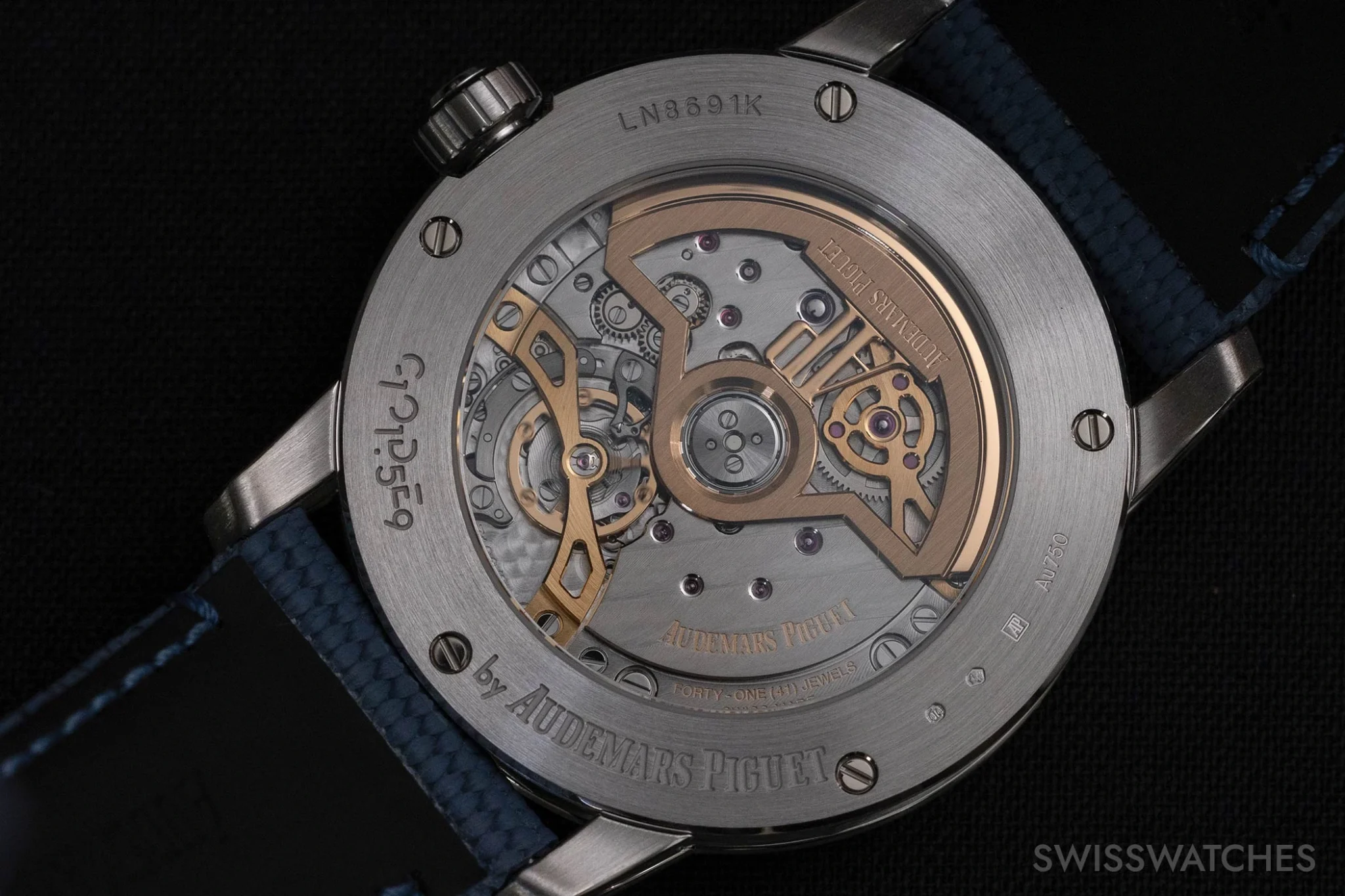
Over to the watches: Two new Royal Oaks, one new Code 11.59
Now, over to the watches themselves. The dial of the new perpetual calendar models likewise embrace both technicality and simplicity, offering maximum legibility while staying true to the brand’s ever-recognisable aesthetic. Available in two versions of the Royal Oak and one Code 11.59, each model is a reflection of the brand’s design language while offering some new configurations.

Royal Oak: Ref. 26674ST.OO.1320ST.01 (Steel) and Ref. 26674SG.OO.1320SG.01 (Sand Gold)
The Royal Oak Perpetual Calendar models retain a 41 mm case with increased water resistance to 50 m, and come in two variations with matching bracelets: stainless steel or 18-carat sand gold (a precious alloy combining gold with copper and palladium, first seen last year).

Showcasing the horology house’s hallmark ‘Grande Tapisserie’ pattern that we all know and love, there’s a beautiful level of texture and depth to the blue PVD and sand gold-toned dials. The matching subdials are arranged with as meticulous care as ever, ensuring that all the key information – date, day, month, leap year – is legible at a glance. There are some changes, however: the dial now features a European date display: day at 9 o’clock, date at 12, and month at 3. Week numbers remain on the inner bezel, but ‘week 1’ now appears at 12 o’clock instead of 52, aligning with ‘Monday’ to mark the start of the week and month.

Furthermore, a patented progressive step mechanism at 12 o’clock enhances date readability with a custom wheel featuring 31 uniquely sized teeth. To maintain symmetry, a 24-hour indicator is added to the day subdial at 9 o’clock. A red ‘no-correction’ zone from 21:00 to 03:00 prevents improper setting.
Then, of course, there’s the all-important moonphase display. Once again, Audemars Piguet has chosen a specially selected image of the moon, based on a NASA photograph, to grace the dial – but this has moved to 12 o’clock.
Code 11.59 – Ref. 26494BC.OO.D350KB.01
On the more modern end of the spectrum, the new Code 11.59 Perpetual Calendar likewise offers a refreshing reinterpretation of the complication, blending contemporary design elements with a rich sense of savoir-faire. The 41 mm case, crafted in 18-carat white gold, plays host to a smoked blue guilloché dial with concentric circles, a motif first conceived with the help of Swiss guilloché artisan Yann Von Kaenel in 2023. Yet the layout remains clean, legible, and subtly refined, with a red ‘no-correction zone’ guiding the wearer through the process of adjusting the calendar. These little details all come together to create a watch that’s as practical as it is handsome. The Code 11.59 watch is water-resistant to 30 m – a slight increase on the previous 20 m – and comes with a blue textured rubber strap with calfskin lining, also securing to the wrist with a white-gold folding clasp.
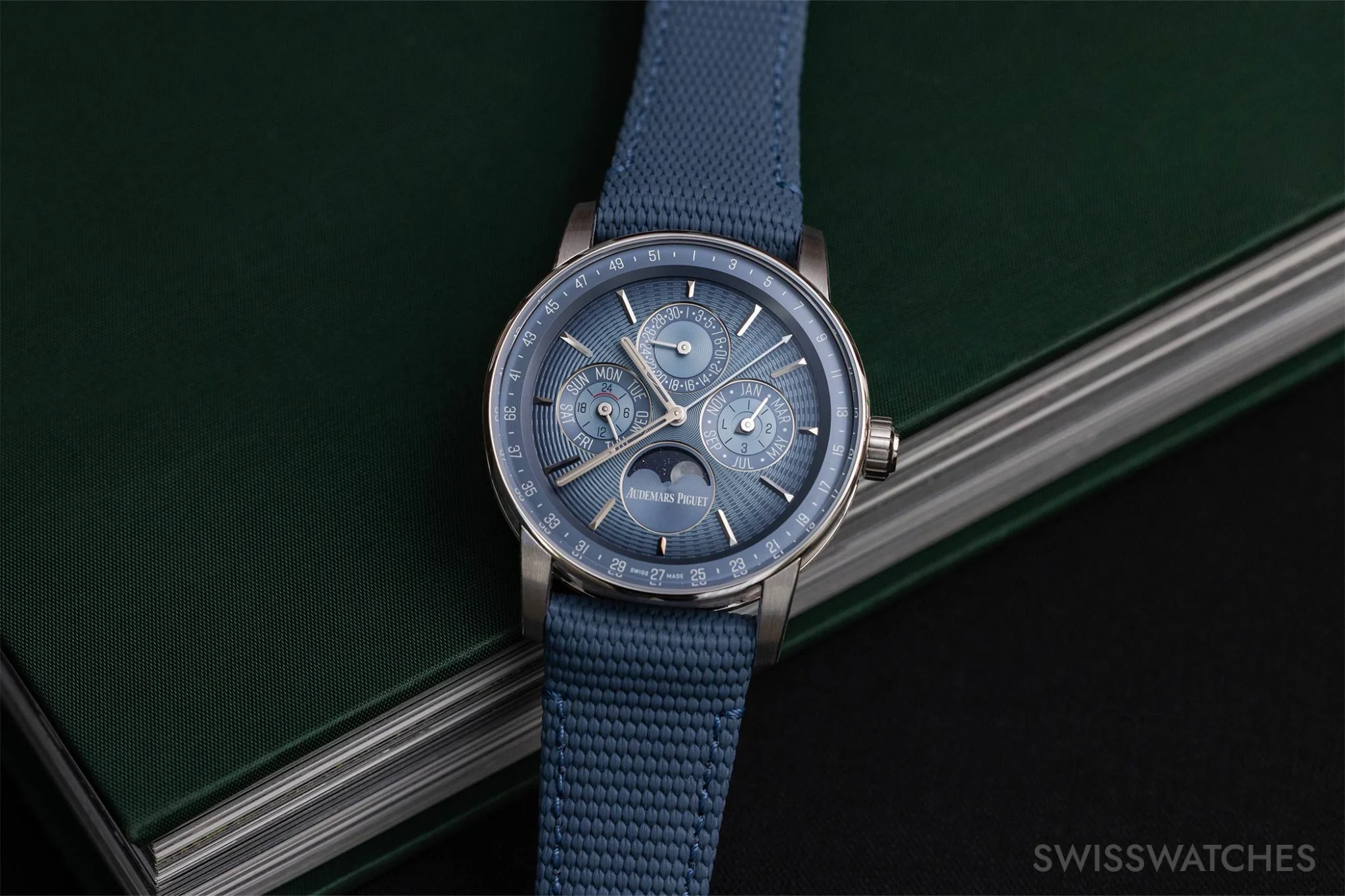
150th Anniversary Limited Editions
What we didn’t yet mention is that these are limited editions, as Audemars Piguet is celebrating a monumental milestone in 2025: its 150th anniversary. To mark the occasion, the brand is releasing limited-edition models across both the Royal Oak and Code 11.59 collections, with only 150 pieces of each available when it comes to these three watch models. Therefore, these special editions also feature nostalgic touches like the engraved vintage logo on the moonphase subdial, in a nod to the brand’s long history.

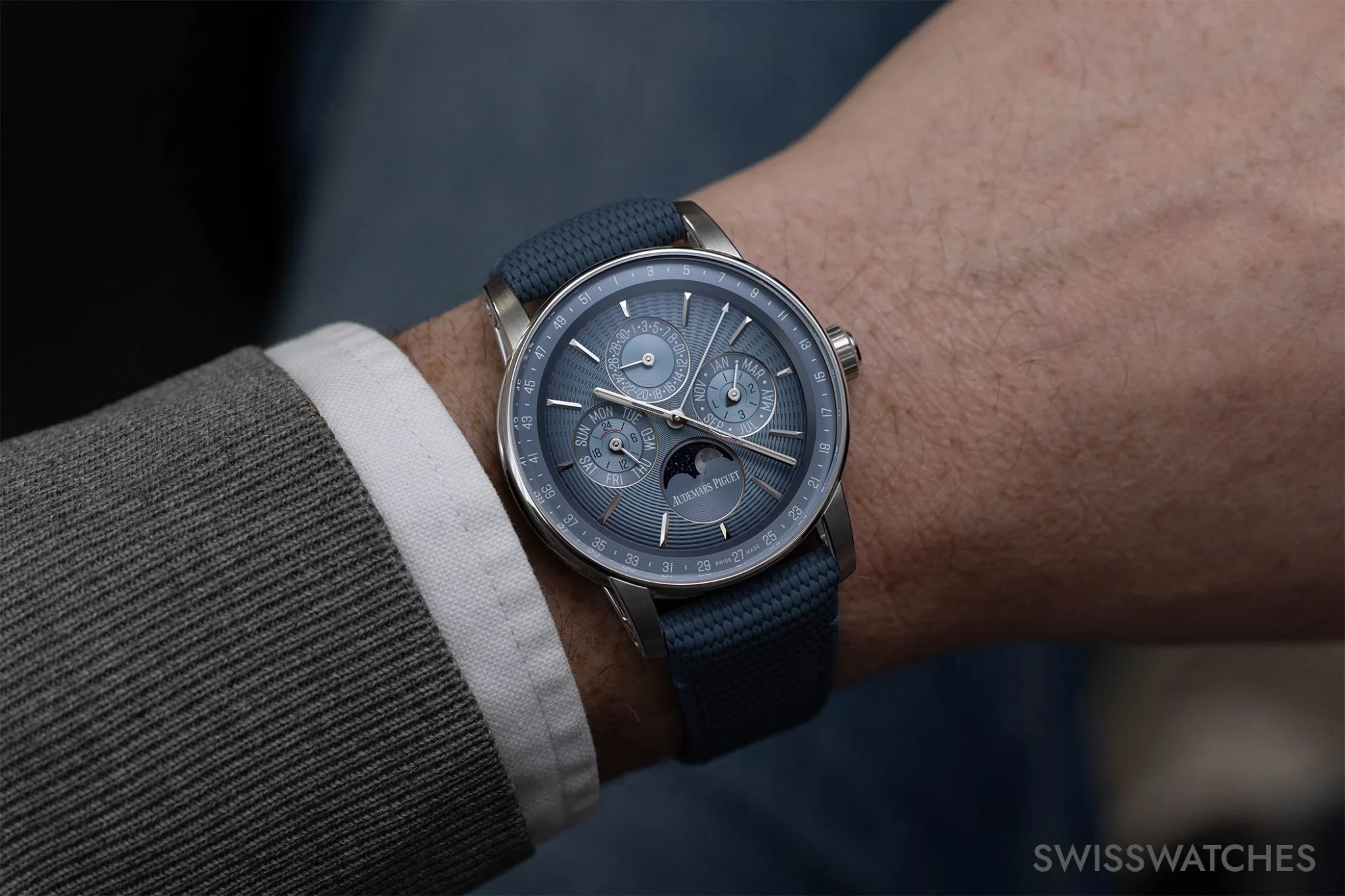
These limited-edition models will no doubt be highly sought after, combining modern watchmaking technology with a tribute to the past. Despite their exclusivity, they carry many of the same aesthetic qualities as their non-limited counterparts, but as all collectors know, their milestone new-generation calibre and special commemorative touches make these watches unique, and will no doubt prove to be highly coveted pieces.

New generation calibre – What does it tell us?
So, what does the introduction of the new-generation calibre 7138 really represent? This is a perpetual calendar that doesn’t just tell you the date, day, and so on: it invites the wearer to engage with it and to enjoy its functions, without being overwhelmed with the usability. This makes for a beautiful example of how innovation doesn’t have to come at the expense of elegance, and also ultimately marks a new page in the history of the perpetual calendar complication. Usability aside, the cases also look sleeker than ever thanks to the lack of pusher on the side.
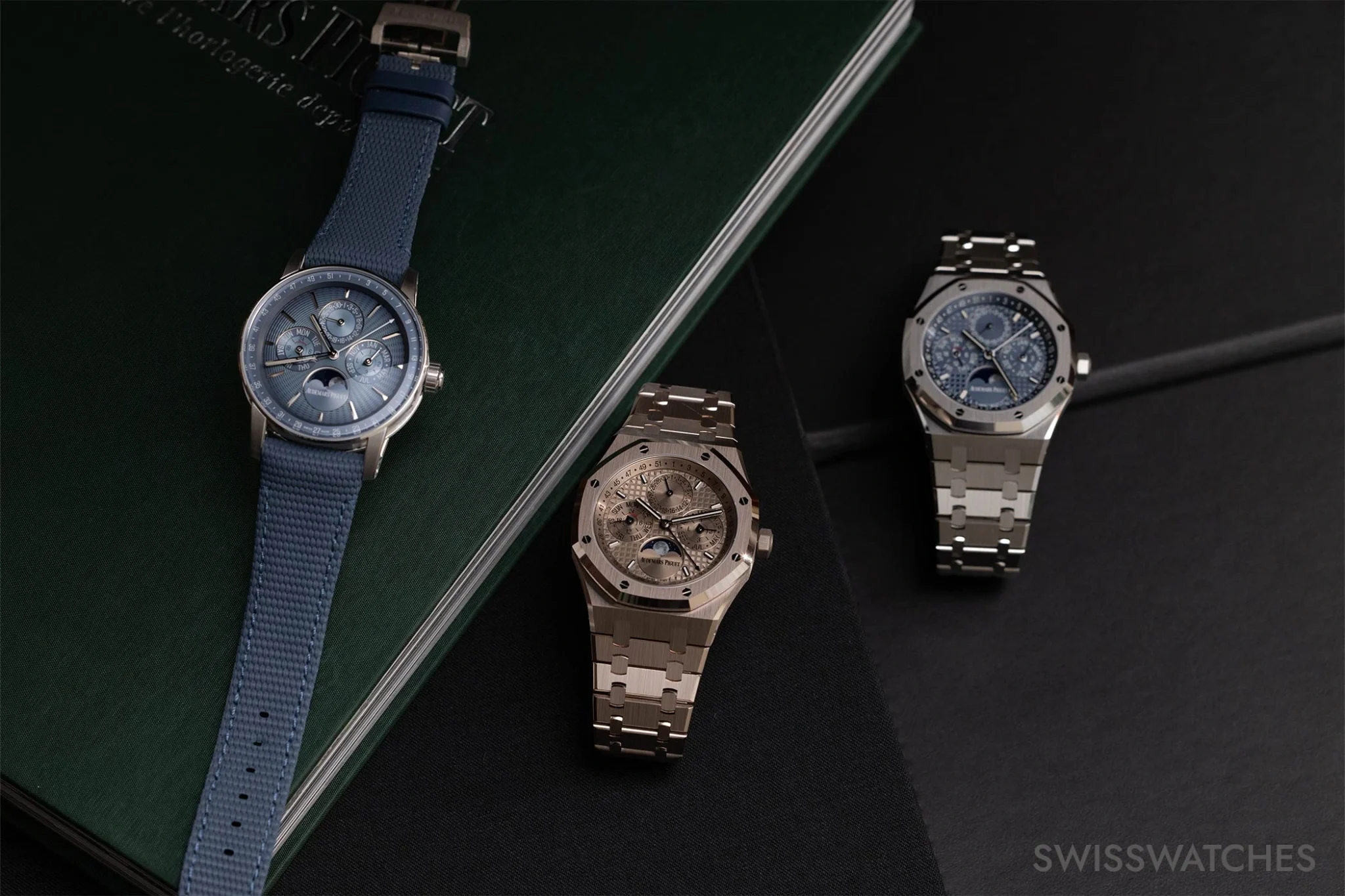
As the brand celebrates 150 years of watchmaking excellence, it’s clear that Audemars Piguet isn’t just looking back at its legacy; it’s shaping the future of high-complication watches… and we are certainly enjoying the ride.
Price overview
Code 11.59 Perpetual Calendar Automatic 41mm, Ref. 26494BC.OO.D350KB.01: 108,000 euros; Royal Oak Perpetual Calendar Automatic 41mm Sand Gold, Ref. 26674SG.OO.1320SG.01: 164,300 euros; Royal Oak Perpetual Calendar Automatic 41mm Stainless Steel, 26674ST.OO.1320ST.01: 108,000 euros.
